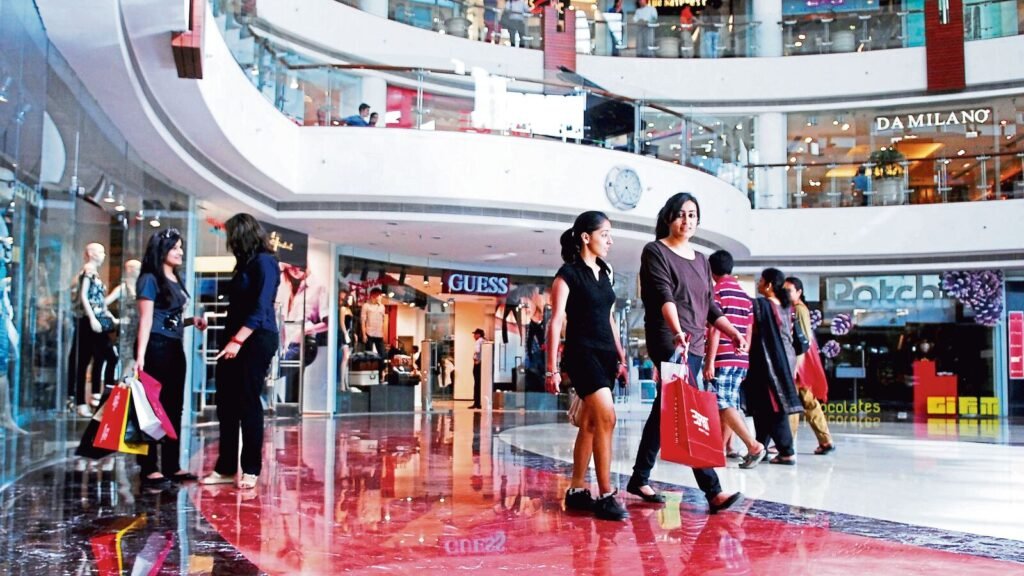Consumer goods firms overhaul marketing strategies to catch Gen Z attention

From serving nostalgia to snackable videos, traditional consumer and e-commerce firms are adopting a variety of marketing strategies and brand recall initiatives in their endeavour to catch the attention of their biggest cohort of buyers- Generation Z.
E-commerce platforms are encouraging young shoppers to share their views and images for deeper customer engagement, while consumer goods makers are launching limited-edition product ranges to create a “moment” in their bid to boost sales this festive season.
According to a study by consulting firm Boston Consulting Group and social network platform Snapchat, the generation born between 1997 and 2012 and popularly known as Gen Z constitutes the largest cohort of India’s population at 377 million. This makes it a critical segment of buyers for brands to appeal to. This segment currently accounts for $860 billion of consumer spending, which is expected to swell to $2 trillion in the next ten years.
E-commerce platform Myntra realised that Gen Z buyers need stronger stimuli to purchase a product. “Our short video content initiative called Myntra Minis is seeing high traction among Gen Z with users spending 80,000 hours monthly on an average watching snackable videos,” Sunder Balasubramanian, chief marketing officer, Myntra, told Mint. Myntra has uploaded over 50,000 such videos on its app this year, helping increase user stickiness and drive higher order volumes, Balasubramanian highlighted.
According to latest data published by advertising firm Publicis Groupe earlier this month, more than two-thirds of Gen Z prefer consuming short-form content that is 15-90-second-long videos.
These creative campaigns come at a time when there is a massive clash between brands to get young shoppers during the festive season. According to data published by influencer marketing platform Qoruz, 200 consumer brands expect to collectively deploy nearly ₹500 crore in influencer marketing this October for Diwali.
Myntra has collaborated with nearly 25,000 micro and nano influencers across categories such as street style and skateboarding, looking at specific target audiences that these influencers have. Nano influencers are social media personalities with 1,000 to 10,000 followers while micro influencers boast an audience between 10,000 and 100,000.
In fact, Myntra is now also giving users an opportunity to create content in the form of product reviews and shares revenue generated from such content with the consumer.
Even the more traditional companies like Britannia are finding ways to attract Gen Z buyers.
The FMCG brand, in the first quarter of this financial year, posted a net profit of ₹504.88 crore, which was a 10.5% rise from the same quarter a year ago.
“One of the most striking trends we’ve observed with Gen Z consumers is their demand for experiences that go beyond just the product itself. They are not just snacking, they’re sharing those moments with their friends and communities,” said Amit Doshi, chief marketing officer, Britannia.
Doshi emphasized the need to “surprise” and “engage” consumers, particularly the growing Gen Z demographic. Therefore, Britannia introduced a limited edition of tricolour jimjam pops when India won the T20 world cup, which became very popular as it became a part of the cultural moment.
The company also thought of bringing back old memories of finding forgotten money in denim pockets. It collaborated with Myntra for a campaign where they randomly placed Britannia’s Good Day-themed currency notes in pockets of jeans dispatched for delivery as an opportunity for the receiver to win real cash. This campaign gained a lot of traction on social media.
Britannia is also using brand association to its advantage as it has now integrated its classic tune on Zepto, so buyers hear it when they add Britannia products to their cart on the quick-commerce platform.
“The brand has to be where the consumer is. Since the Gen Z consumer is on the digital platform and is buying from there, whether you are a digital-first brand or a traditional one, you have to speak the language of Gen Z to sell to them,” said Sumanto Chattopadhyay, an independent creative consultant.
“Gen Z buyers are also looking for interactions with brands on the digital medium which enables a two-way communication,” he added. He highlighted that since not many brands are putting their sonic identity (or audio branding) out there, Britannia’s integration with Zepto is a great move.
Catch all the Industry News, Banking News and Updates on Live Mint. Download The Mint News App to get Daily Market Updates.
MoreLess








